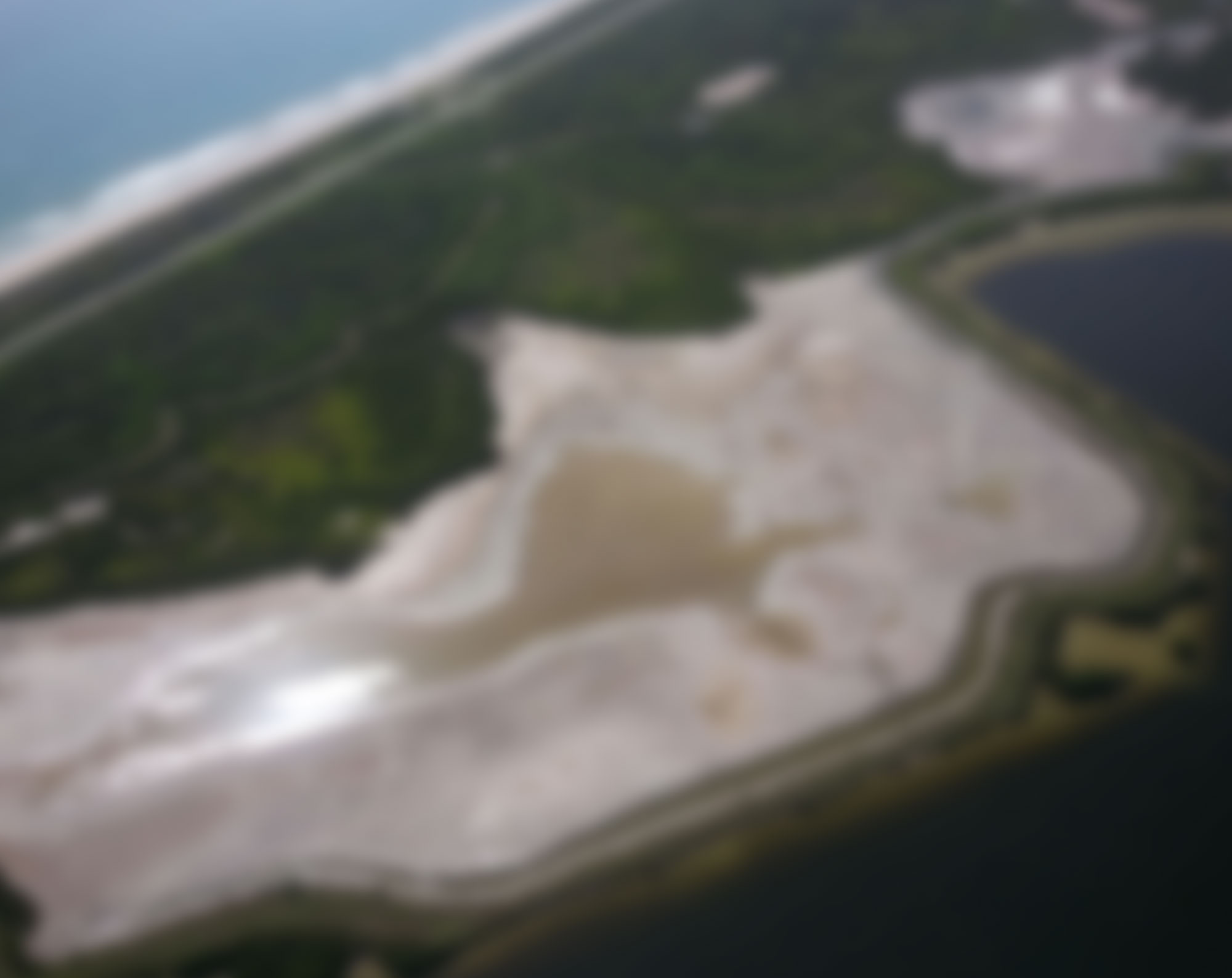
Per- and Polyfluoroalkyl Substances (PFAS)
What are PFAS?
Per- and Polyfluoroalkyl Substances (PFAS) is the umbrella term for thousands of synthetic fluorinated chemicals. PFAS have been widely used because they repel water, stains, and oil. Many consumer products contain PFAS such as some non-stick cookware, outdoor clothing, paper packaging for food, fabrics, and carpets. They have been used in manufacturing and are contained in a substance called aqueous film-forming firefighting foam (AFFF) used at military bases and airfields.
PFAS are not naturally occurring. They have been manufactured, used, and disposed of for decades. The characteristics that make PFAS compounds effective for so many uses also prevents them from breaking down in the environment. These substances may remain in air, soil, surface water, and groundwater and they can be transported distances from the source.
Why is NASA Investigating PFAS?
NASA is proactively conducting investigations into past uses and potential exposures of PFAS at all NASA sites guided by federal and state health and environmental agencies. The U.S. Environmental Protection Agency (EPA) refers to PFAS as an emerging contaminant, and in 2016, the agency established a nonregulatory lifetime Health Advisory (HA) for two PFAS compounds that have been more widely studied. Several states have established regulatory limits for PFAS exposure, and federal regulatory actions are anticipated. The state of Florida has developed Provisional Groundwater and Soil Cleanup Target Levels utilizing the same calculations that developed the numerical standards in Contaminated Cleanup Target Levels,Chapter 62-777, Florida Administrative Code. KSC is conducting a center-wide PFAS assessment to evaluate the extent of PFAS-affected areas, including, but not limited to, fire stations, former fire training areas, suspected AFFF use areas, sewage treatment plants, sludge disposal areas, and landfills.
NASA and Kennedy Space Center are committed to protecting human health and the environment in all its activities and are conducting these investigations to fully understand the extent of PFAS impacts on the center. KSC is developing models of how PFAS may be moving in the environment, identifying potential exposure pathways, gaining an understanding of groundwater/surface water interactions, and taking steps to implement environmental cleanups where needed.
To learn more about KSC’s PFAS investigation in the South Repeater Building Area, see here.
Kennedy Space Center PFAS Documents
Information Sheet – An Update on PFAS Investigations, June 2023
- Part 1 (Report through Appendix I)
- Part 2 (Appendix I continued)
- Part 3 (Appendix I continued)
- Part 4 (Appendix I continued)
- Part 5 (Appendix I continued)
- Part 6 (Appendix I continued)
For additional information on PFAS:
Florida Department of Environmental Protection
https://floridadep.gov/waste/waste-cleanup/content/pfas-investigation-federal-facilities
https://floridadep.gov/sites/default/files/Dynamic_Plan_March_2022.pdf
Florida Department of Health
United States Environmental Protection Agency
https://www.epa.gov/system/files/documents/2021-10/pfas-roadmap_final-508.pdf
Agency for Toxic Substances and Disease Registry (ATSDR)
https://www.atsdr.cdc.gov/pfas/index.html
Interstate Technology Regulatory Council (ITRC)